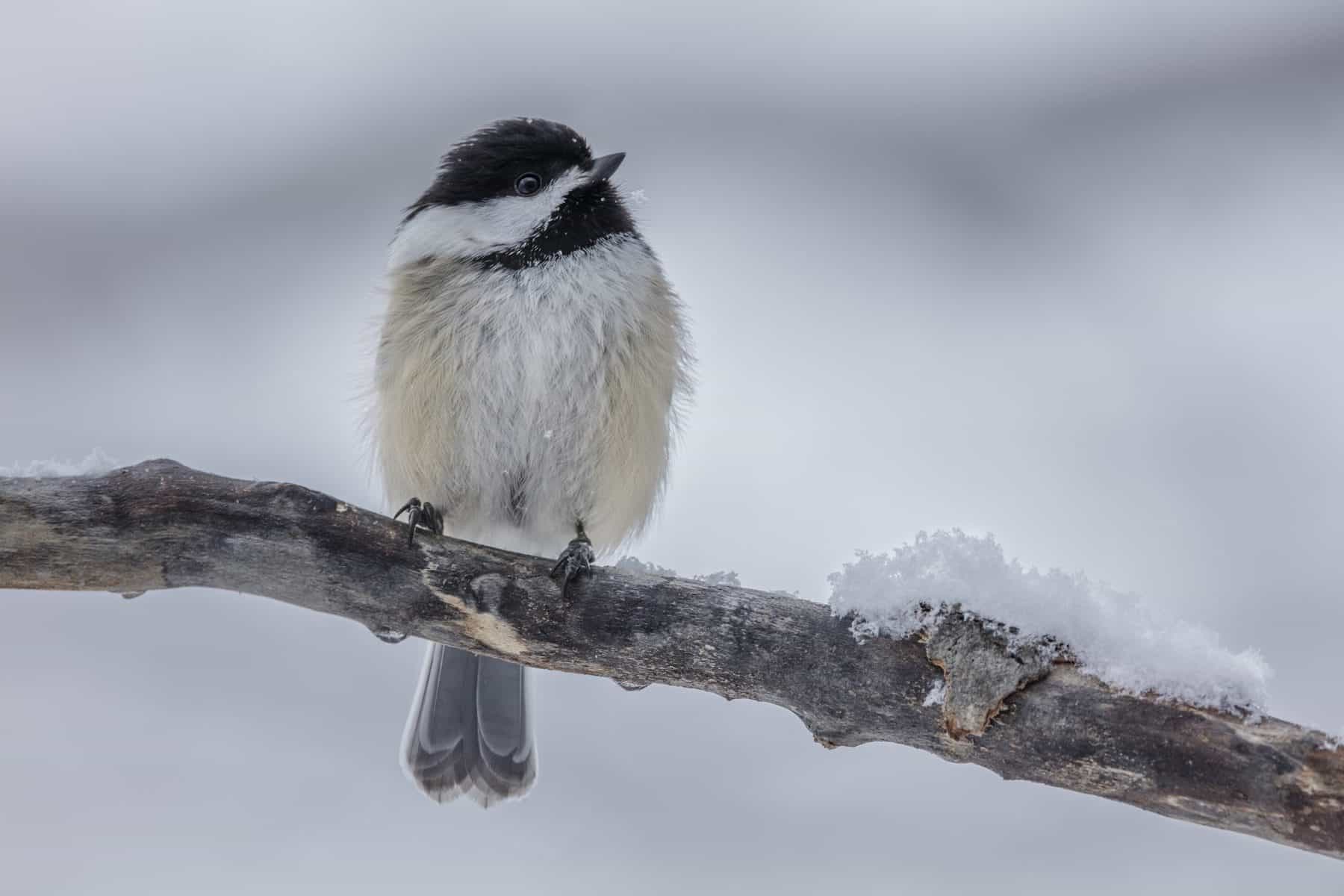Changing of the seasons also brings a change in what birds we see. While some birds migrate from their breeding grounds here in the north to warmer temperatures and more abundant food sources, other birds endure the subzero temperatures and deep snow that come with a midwest winter. Birds that stick around face a few challenges. To stay warm, birds shiver and burn up their fat reserves every night so they need to replenish those reserves every day. Finding food in the winter, however, has its challenges. Putting out bird feeders can help ease the way for winter birds and migrating birds who need a quick pit stop.
There are many styles of feeders. To attract the widest variety of birds in the winter, offer a variety of feeder types and feed. Generally speaking, hanging feeders about 5 feet off the ground and at least 3 feet away from any window keep birds safe. A heated bird bath is helpful as birds look for open water to drink and bathe in.
Tube feeders are one of the most widely used bird feeders and can fit a variety of feeds. Filling your feeder with black oil sunflower, Nyger thistle, mixed seed, safflower, or peanuts. Depending on your feed you can attract a plethora of birds, including black-capped chickadees, white-breasted nuthatches, red-breasted nuthatches, American goldfinches, pine siskins, redpolls, purple finches, american goldfinches, and sparrows.
The other most widely used bird feeders are the Hopper feeder due to its ability to hold a lot of food and keep it dry. Safflower, sunflower, cracked corn, and mixed seed will bring about the same birds as tube feeders with the addition of northern cardinals and blue jays. Adding in some dried fruit will bring in a beautiful bird, the cedar waxwing.

Suet is a great high-caloric food for birds in the winter. They are traditionally made with rendered beef fat and other treats although there are many varieties these days. Woodpeckers will flock to suet cages such as downy woodpeckers, red-bellied woodpeckers, hairy woodpeckers, and pileated woodpeckers. Smaller birds like nuthatches and chickadees are a great clean-up crew, picking up the smaller bits that the eager woodpeckers leave behind or drop.
Bird feeding is a messy business and birds will drop food which will provide a good environment for ground feeders such as dark-eyed juncos and mourning doves. If you’re lucky a flock of turkeys or pheasants might be on clean-up duty as well.
Of course, attracting all those smaller birds will attract some bigger birds. Sharp-shinned hawks are often found near bird feeders for their main source of prey are smaller songbirds. Northern shrikes are a delight to spot in the winter months. They are slightly smaller than a blue jay and may be seen hunting birds and small mammals around a feeding station.
If squirrels are a worry, there isn’t a sureproof way to keep them out of bird feeders but there are ways to help keep them out. Spacing is key. Squirrels typically won’t jump 5 feet up off the ground, 7 feet across, and 9 feet down. Making sure that feeders follow the 5-7-9 rule is a great first step to keeping squirrels away. A lot of squirrel prevention comes down to hardware. Purchase a feeder pole made out of a slippery material such as PVC or copper, and hang your feeder with thin wire and/or a spinning hook. A squirrel baffle that hangs over a bird feeder is a good squirrel deterrent. Changing your food up to include safflower and spicy things will still feed your birds but squirrels don’t like safflower and have a low spice tolerance. Birds, on the other hand, aren’t able to taste spicy foods so they won’t mind. In what seems to be a counterproductive measure, having a squirrel feeder might help keep squirrels off of bird feeders as well.
If you’re interested in learning more about birds found in our Watershed, join Wild Rivers Conservancy throughout the year on our birding paddles and hikes.
